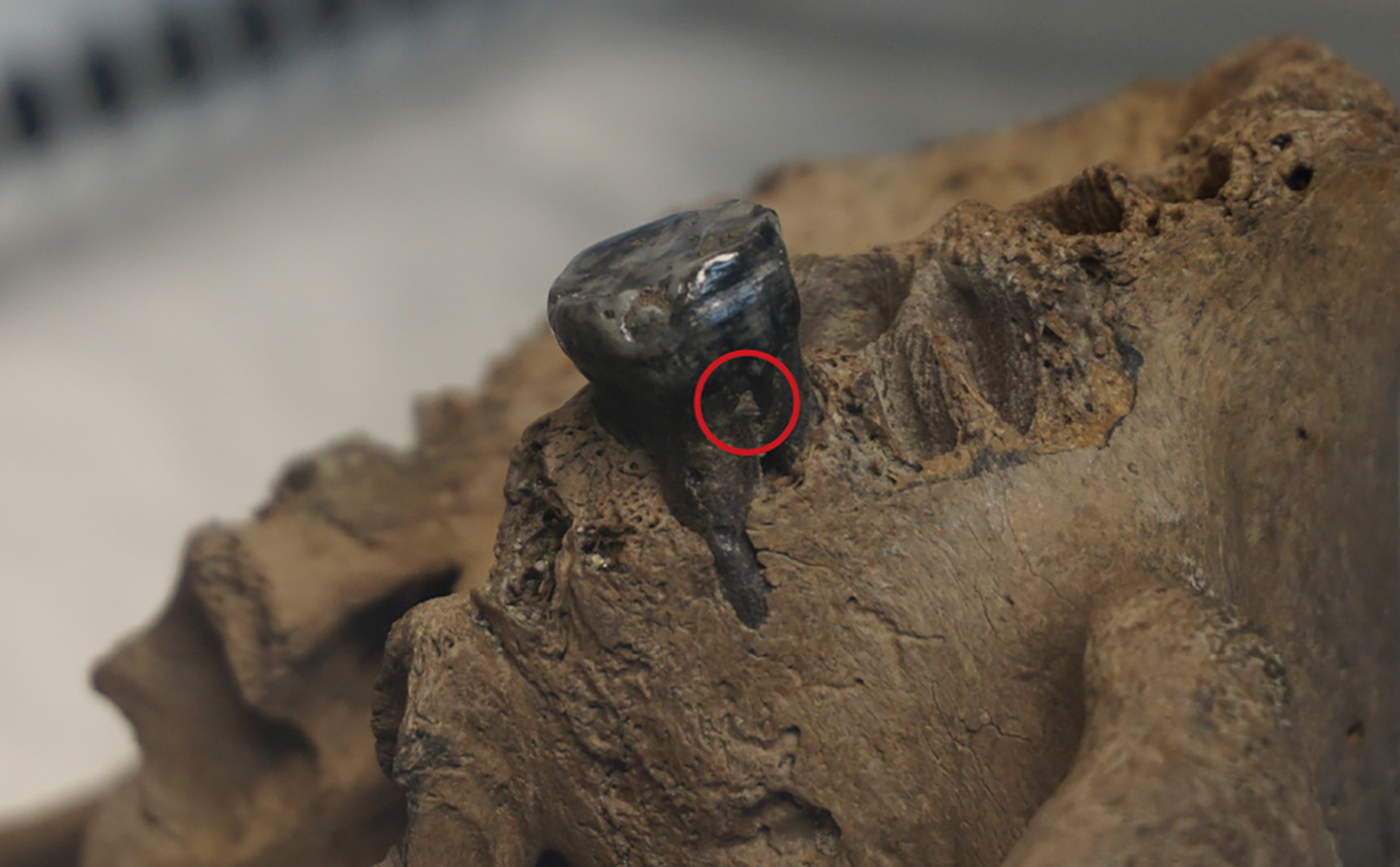A near-complete skull of a Denisovan, one of the closest extinct relatives of modern humans, has never been recovered – or so it was thought. New research has shown that a cranium discovered nearly a century ago in China actually belongs to the little-understood human species/subspecies. The discovery means that science finally has a relatively complete skull of a Denisovan, allowing us to get a sense of what the mysterious relative might have looked like at last.
The Harbin skull was unearthed in 1933 near the Long Jiang (Dragon River) in northeastern China by a laborer working on a railway project for the Japanese Empire, which had occupied Manchuria just a few years earlier.
Scientists later dubbed the skull “Dragon Man”. Estimated to be 146,000 years old, the massive cranium didn’t fit neatly into any known branch of the human family tree; compared to Neanderthals or Homo sapiens, it possesses square eye sockets, low, flat cheekbones, and unusually large teeth. Puzzled by its unique features, researchers proposed it belonged to a new species: Homo longi.
However, new genetic evidence shows that Dragon Man was a Denisovan all along. Researchers from the Chinese Academy of Sciences and Hebei GEO University successfully obtained genetic material from the Dragon Man by refining extraction techniques and developing advanced bioinformatic tools. No DNA could be retrieved from a tooth or bone, but mitochondrial DNA was successfully recovered from its dental calculus, the hardened plaque that forms on teeth from calcification.

Dental calculus on the Harbin tooth, where mitochondrial DNA was captured and sequenced.
This genetic evidence strongly suggests that the individual belonged to a Denisovan lineage closely related to populations in southern Siberia, including those from the Denisova Cave, the incredible Russian site where the species was first identified in 2010.
The groundbreaking study provides further evidence that the Denisovans inhabited a large part of Asia throughout the Ice Age. Confirmed remains of Denisovans have only been found in a few locations, primarily the Denisova Cave in Siberia and Baishiya Karst Cave on the Tibetan Plateau. Just a few months ago, researchers added to the list with the discovery of a Denisovan jawbone at the bottom of the Taiwan Strait.
But despite the lack of physical artifacts, the presence of Denisovan DNA in many modern Asian populations (as a result of rampant interbreeding with early humans) shows they once roamed far more widely across the continent.
The researchers of this latest study suggest that many more Denisovan remains may have already been discovered, but they’re hiding in plain sight. They note how Dragon Man bears a close resemblance to a 200,000- to 260,000-year-old skull found in Dali County in northwestern China and a 260,000-year-old skull from Jinniushan Cave in China.
These fossils, long considered evolutionary mysteries, may also belong to the Denisovan lineage. If so, we may already have a broader fossil record of these elusive humans than we ever realized.
The two new studies were recently published in the journals Science and Cell.
Source Link: Scientists Have Finally Identified A Denisovan Skull – It's Been Hiding In Plain Sight Since 1933